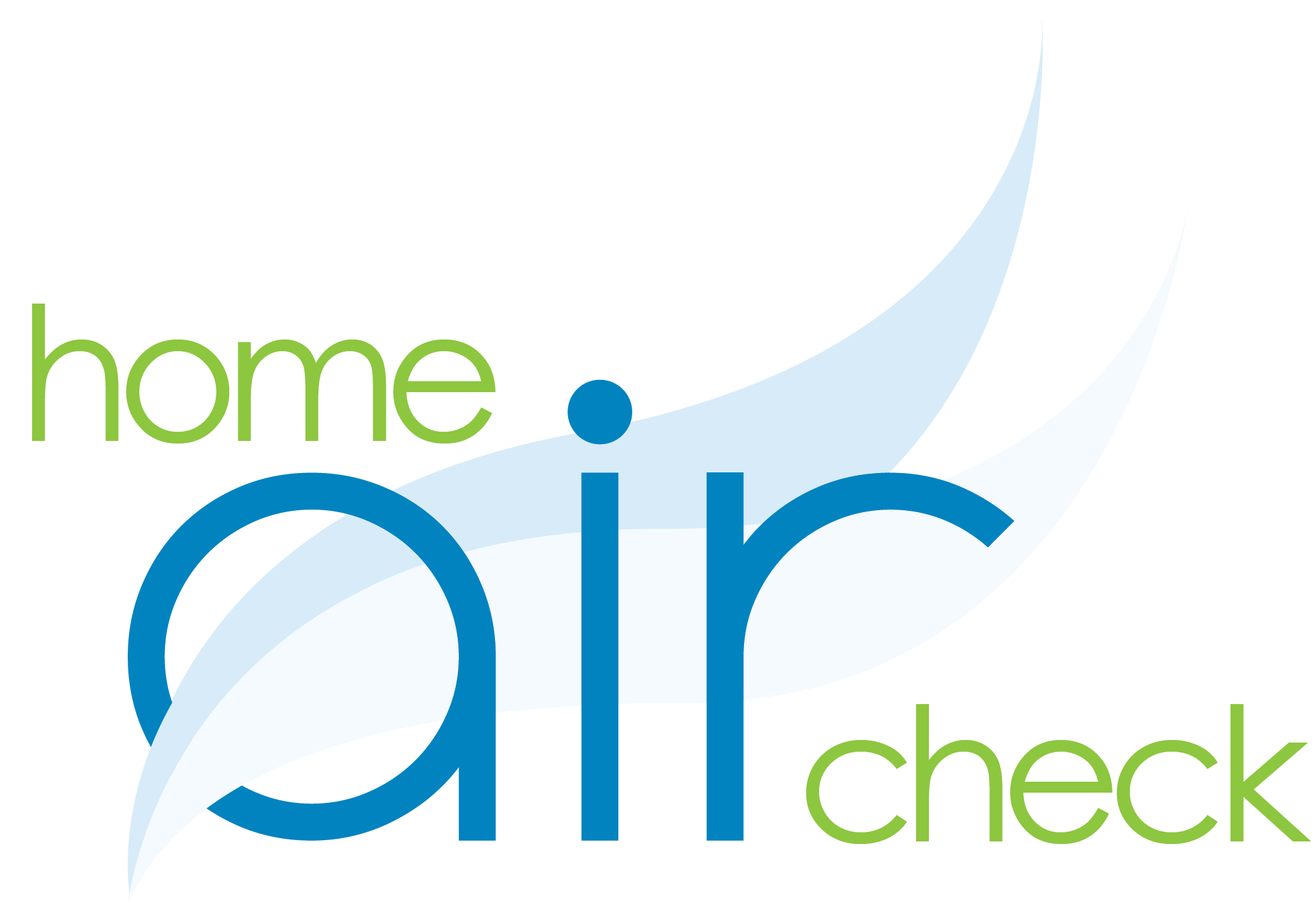For the second week of Indoor Air Quality Awareness Month, we will be offering a better understanding about the negative health effects caused by poor IAQ. When we think of air pollution, we often imagine smog-filled cities or industrial emissions contaminating the outdoor environment. However, many of us overlook the air quality inside our homes, offices, and other indoor spaces. Indoor air pollution can be just as harmful—if not more so than outdoor air pollution because we spend the majority of our time indoors.
Environmentally Acquired Illnesses
Environmentally acquired illnesses are health conditions that arise from exposure to harmful environmental factors, including pollutants, chemicals, and biological agents. Here are some key examples of these illnesses as they relate to indoor air quality:
Respiratory Diseases
Indoor air pollutants such as dust, mold, and smoke can trigger or worsen respiratory conditions, including:
- Asthma: Exposure to indoor allergens like dust, mold, and pet dander can cause asthma attacks, leading to breathing difficulties and chest tightness.
- Chronic Obstructive Pulmonary Disease (COPD): Long-term exposure to indoor air pollutants, especially tobacco smoke, can exacerbate COPD symptoms, resulting in persistent coughing and shortness of breath.
- Pneumonitis: Inhaling irritants like chemicals or mold spores can cause lung tissue inflammation, leading to dry cough, and difficulty breathing.
Allergies
Indoor allergens can cause or worsen allergic reactions, presenting as:
- Seasonal Allergies: Pollen and mold spores circulating indoors can trigger symptoms such as sneezing, itching, and nasal congestion.
- Chemical Sensitivities: Exposure to household chemicals, fragrances, and VOCs (volatile organic compounds) can result in skin irritation, respiratory discomfort, and headaches. It has been shown that these sensitivities can present as an allergic reaction in our system as the same defense mechanisms are activated with repeated exposure. (see link below for TILT)
- Mold Allergies: Mold exposure can cause respiratory problems, allergic reactions, and other serious health effects in some individuals.
Neurological & Cognitive Impacts
Certain indoor pollutants and chemicals can have neurological effects:
- Headaches and Dizziness: VOCs from cleaning products, paints, and furnishings can cause headaches, dizziness, and nausea.
- Cognitive Decline: Exposure to heavy metals like lead or mercury, as well as some pesticides, may affect memory, concentration, and overall cognitive function.
- Fatigue: Exposure to harmful chemicals can cause general feelings of tiredness and malaise.
- Cognitive Impairments: Poor air quality, particularly elevated CO2 levels, can reduce focus, memory, and cognitive performance.
Cardiovascular Issues
Prolonged exposure to air pollutants, especially particulate matter (PM2.5), has been linked to cardiovascular problems, such as:
- Heart Disease: Pollutants entering the bloodstream can cause inflammation and increase the risk of heart attacks and strokes.
- High Blood Pressure: Airborne toxins may contribute to the development of hypertension, a risk factor for cardiovascular diseases.
Cancer & Endocrine Disruptions
Some indoor pollutants pose significant long-term health risks:
- Lung Cancer: Prolonged exposure to radon, a radioactive gas, and indoor air pollutants like tobacco smoke can significantly increase lung cancer risk.
- Bladder Cancer: Chemicals like benzene and formaldehyde, commonly found in some household products, have been associated with higher cancer risks.
- Reproductive Health Issues: Chemicals such as phthalates and bisphenol A (BPA) are known endocrine disruptors, potentially affecting fertility and causing developmental issues.
Resources and Support
Understanding the connection between environmental factors and health can help in prevention and management. Reducing exposure to pollutants, improving indoor air quality, and being mindful of chemicals in our surroundings are essential steps in minimizing the risk of environmentally acquired illnesses. If you suspect exposure to harmful environmental factors is affecting your health, consult with a healthcare professional for proper evaluation and guidance.
For more information and support, explore the following organizations:
- American Lung Association: Learn about indoor air quality and lung health at lung.org.
- Environmental Protection Agency (EPA): Discover guidelines for improving IAQ at epa.gov/iaq.
- Indoor Air Quality Association (IAQA): A professional association offering resources on IAQ improvements at iaqa.org.
- IEP Radio – Indoor Environmental Health Education
- Environmental Health Questionnaire – NAEM
- The Institute for Functional Medicine: Information and educational seminars and conferences on functional medicine.
Poor indoor air quality can significantly impact your health, especially through chemical exposures. By being informed and proactive, you can make a positive impact on your indoor environment and overall health. Don’t hesitate to reach out to the resources listed above for guidance and support. Together, we can work towards better indoor air quality and improved health. Stay tuned for more insights as we continue our IAQ Awareness month series!


